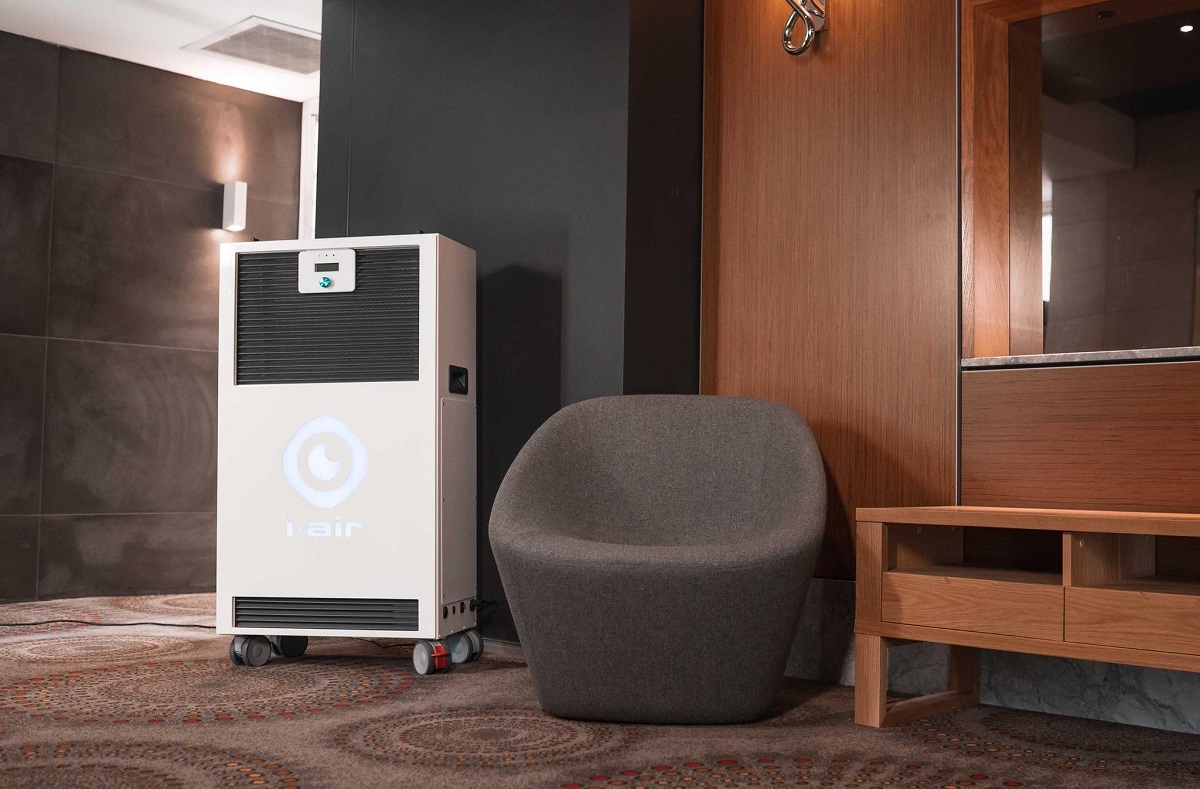

Articles
What To Look For In Air Purifier
Modified: October 28, 2024
Looking for articles on what to look for in an air purifier? Learn about the key features and considerations to ensure you choose the best air purifier for your needs.
(Many of the links in this article redirect to a specific reviewed product. Your purchase of these products through affiliate links helps to generate commission for Storables.com, at no extra cost. Learn more)
Introduction
Clean air is essential for maintaining good health and overall well-being. However, with pollution levels increasing both outdoors and indoors, ensuring the air we breathe is clean and free from contaminants has become a top priority. This is where air purifiers come into play. Air purifiers are devices designed to filter out pollutants, allergens, and other harmful particles from the air, providing us with cleaner and fresher air to breathe.
The importance of air purifiers cannot be understated, especially for people who suffer from allergies, asthma, or other respiratory conditions. These devices help minimize the presence of airborne substances such as dust, pollen, pet dander, mold spores, and even cigarette smoke, reducing the risk of triggering allergic reactions or asthma attacks. Moreover, air purifiers are beneficial for individuals living in urban areas, where pollution is a constant concern.
With a wide range of air purifiers available on the market, selecting the right one can be overwhelming. It is crucial to consider several factors, including the filtration system, room size coverage, Clean Air Delivery Rate (CADR), noise level, energy efficiency, additional features, and maintenance requirements. By understanding these factors and making an informed decision, you can find an air purifier that best suits your needs and ensures cleaner air in your home or office environment.
Key Takeaways:
- Invest in an air purifier with a true HEPA filter to effectively capture allergens and pollutants, ensuring cleaner and healthier indoor air for allergy and asthma relief.
- Consider room size coverage, CADR ratings, and energy efficiency when choosing an air purifier to optimize air cleaning performance and create a healthier living environment.
Read more: What Is An Air Purifier
Importance of Air Purifiers
Air purifiers play a vital role in maintaining a healthy living environment by eliminating airborne pollutants and allergens. Here are some key reasons why air purifiers are important:
- Allergen Control: Air purifiers are especially beneficial for individuals with allergies or sensitivities to common allergens such as dust mites, pollen, pet dander, and mold spores. These devices work by capturing and trapping these particles, reducing the amount of allergens present in the air and providing relief from allergy symptoms.
- Asthma Management: For individuals with asthma, clean air is essential to prevent asthma attacks and maintain respiratory health. Air purifiers remove asthma triggers such as dust, mold, and smoke particles, ensuring a cleaner and safer environment.
- Improved Indoor Air Quality: Indoor air can be up to five times more polluted than outdoor air due to factors like pet dander, volatile organic compounds (VOCs) from cleaning products, and off-gassing from furniture. Air purifiers help remove these pollutants, improving overall indoor air quality and creating a healthier living space.
- Odor Elimination: Air purifiers equipped with activated carbon filters have the ability to absorb and neutralize odors from cooking, pets, and tobacco smoke. By eliminating unpleasant odors, these devices help create a fresher and more pleasant living environment.
- Bacterial and Virus Removal: Some air purifiers are designed to capture and destroy bacteria and viruses, including airborne pathogens. This is especially important during flu seasons or in environments where there is a higher risk of infection transmission.
- Peace of Mind: Knowing that you have a reliable air purification system in place can provide peace of mind, especially for individuals with compromised immune systems or respiratory conditions. It helps create a safe and healthy environment for you and your loved ones.
In summary, air purifiers are essential for maintaining clean and healthy indoor air. They offer numerous benefits, including allergen control, asthma management, improved indoor air quality, odor elimination, and protection against bacteria and viruses. By investing in a high-quality air purifier, you can create a safer and more comfortable living space for yourself and your family.
Factors to Consider When Choosing an Air Purifier
With a wide variety of air purifiers available on the market, it’s important to consider several factors to ensure you choose the right one for your specific needs. Here are some key factors to keep in mind when selecting an air purifier:
- Filtration System: One of the most important factors to consider is the type of filtration system used in the air purifier. Look for models that have a High-Efficiency Particulate Air (HEPA) filter, as this type of filter can remove up to 99.97% of particles as small as 0.3 microns. HEPA filters are effective at capturing dust, pollen, pet dander, mold spores, and other airborne particles.
- Room Size Coverage: Consider the size of the room or area where you intend to use the air purifier. Check the manufacturer’s specifications to ensure the purifier is suitable for the square footage of your space. Using an air purifier that is too small for the room will result in less effective air cleaning.
- Clean Air Delivery Rate (CADR): The CADR rating indicates how well an air purifier can remove pollutants such as dust, pollen, and smoke from the air. Look for an air purifier with a higher CADR, as this indicates faster and more efficient air cleaning performance.
- Noise Level: Consider the noise level of the air purifier, especially if you plan to use it in a bedroom or office. Look for models with adjustable fan speeds or a sleep mode that operates at a lower noise level during nighttime use.
- Energy Efficiency: Pay attention to the energy consumption of the air purifier. Look for models that are Energy Star certified, as these are designed to be energy-efficient and can help save on electricity costs in the long run.
- Additional Features: Consider any additional features offered by the air purifier. Some models may include features such as air quality sensors, automatic mode, timer settings, remote control, or Wi-Fi connectivity. These features can enhance convenience and customization of the air purifier’s operation.
- Maintenance and Filter Replacement: Check the maintenance requirements of the air purifier, including how often the filters need to be replaced and how easy it is to access and replace them. A model with easily replaceable filters and indicator lights for filter replacement can simplify maintenance and ensure optimal performance.
By considering these factors, you can choose an air purifier that best fits your needs in terms of filtration capabilities, room size coverage, CADR rating, noise level, energy efficiency, additional features, and maintenance requirements. Taking the time to research and select the right air purifier will ensure cleaner and healthier air in your home or workplace.
Filtration SystemThe filtration system is a crucial factor to consider when choosing an air purifier. It determines the efficiency of capturing and removing airborne particles, allergens, and pollutants from the air. The most effective and widely recommended filtration system is the High-Efficiency Particulate Air (HEPA) filter.
HEPA filters are capable of capturing particles as small as 0.3 microns with an efficiency of 99.97%. These filters consist of densely packed fibers that trap various pollutants like dust, pollen, pet dander, mold spores, and even bacteria and viruses. HEPA filters provide excellent air cleaning performance and are especially beneficial for individuals with allergies or respiratory conditions.
It’s important to note that not all purifiers claiming to have HEPA filters are created equal. Some may use HEPA-like or HEPA-type filters, which may not offer the same level of efficiency as true HEPA filters. When choosing an air purifier, make sure it explicitly states that it has a true HEPA filter.
In addition to HEPA filters, some air purifiers employ additional filtration technologies to enhance their performance. These technologies include activated carbon filters, which help remove odors and volatile organic compounds (VOCs), and pre-filters, which capture larger particles and extend the lifespan of the HEPA filter. These additional filtration layers can further improve the air purifier’s effectiveness in removing a wide range of pollutants.
It’s worth considering the replacement cost and availability of the filters for the air purifier you choose. Some filters may need to be replaced more frequently than others, so it’s essential to factor in the cost and accessibility of replacement filters to ensure the long-term functionality of your purifier.
In summary, when selecting an air purifier, pay close attention to the type of filtration system it uses. Look for models with true HEPA filters, as they are highly effective in capturing small particles and allergens. Consider additional filtration technologies such as activated carbon filters and pre-filters to enhance the overall air cleaning performance. Lastly, consider the availability and cost of replacement filters to ensure the ongoing maintenance and efficiency of your chosen air purifier.
Room Size Coverage
When choosing an air purifier, it’s crucial to consider the size of the room or area where it will be used. Air purifiers come in various sizes and have different room size coverage capacities. Using an air purifier that is too small for the room will result in less effective air cleaning, while using one that is too large may be unnecessary and inefficient.
The room size coverage is typically indicated by the manufacturer in square footage. It’s essential to choose an air purifier that is capable of filtering the air within the specific room size effectively. To determine the appropriate room size coverage, measure the square footage of the room and match it with the recommended coverage area provided by the manufacturer.
Keep in mind that the recommended coverage area may vary depending on the level of air pollution, allergies, or sensitivities. If you have pets or live in an area with high pollution levels, it may be beneficial to choose an air purifier with a slightly larger coverage capacity to ensure effective air cleaning.
When considering the room size coverage, also take into account the height of the ceiling. Air purifiers with higher Clean Air Delivery Rate (CADR) ratings and stronger airflow can effectively clean the air in larger spaces with higher ceilings.
It’s important to note that using multiple air purifiers in larger spaces or placing them strategically in different areas of the room can provide more thorough air cleaning. This is especially useful for rooms with open floor plans or multiple entrances.
In summary, choose an air purifier with a room size coverage that matches the square footage of the room where it will be used. Consider factors such as the level of air pollution, allergies, or sensitivities when determining the appropriate coverage area. Keep in mind the height of the ceilings and consider using multiple air purifiers for larger spaces to ensure effective and efficient air cleaning throughout the room.
Read more: What Is Hepa Air Purifier
CADR (Clean Air Delivery Rate)
The Clean Air Delivery Rate (CADR) is an important factor to consider when choosing an air purifier as it measures the efficiency of an air purifier in removing specific pollutants from the air. CADR is expressed in cubic feet per minute (CFM) and indicates the volume of clean air that an air purifier can deliver.
CADR is measured for three types of pollutants: dust, pollen, and smoke. Each pollutant has its own CADR rating, represented by a number. The higher the CADR rating, the faster and more efficient the air purifier is at removing that particular pollutant from the air.
When considering CADR, it’s important to choose an air purifier that has a balanced CADR rating for all three pollutants. A high CADR rating for one pollutant (e.g., smoke) may indicate excellent performance in removing smoke particles but might have a lower rating for dust or pollen. Thus, it’s crucial to select an air purifier with balanced CADR ratings to ensure comprehensive air cleaning.
To determine the appropriate CADR for your needs, consider the size of the room and the level of pollutants present. The Association of Home Appliance Manufacturers (AHAM) suggests that the CADR rating should be at least two-thirds of the room size in square feet. For example, a 300-square-foot room should have an air purifier with a CADR rating of 200 or higher for each pollutant.
It’s important to recognize that while CADR is a valuable metric for comparing the performance of different air purifiers, it does not indicate the overall air purifier’s effectiveness. In addition to CADR, factors such as the filtration system, room size coverage, noise level, and maintenance requirements should also be considered when making a purchasing decision.
In summary, CADR measures the efficiency of an air purifier in removing specific pollutants from the air. Look for an air purifier with balanced CADR ratings for dust, pollen, and smoke to ensure comprehensive air cleaning. Consider the size of the room and the level of pollutants when determining the appropriate CADR rating. Keep in mind that CADR is just one factor to consider, and it should be evaluated alongside other important features of the air purifier.
When looking for an air purifier, consider the size of the room it will be used in, the type of filtration system it uses, and the noise level it produces.
Noise Level
The noise level of an air purifier is an important consideration, especially if you plan to use it in a bedroom, office, or any other area where noise can be a concern. The noise level is typically measured in decibels (dB), and most manufacturers provide this information in their product specifications.
Air purifiers with multiple fan speeds or adjustable settings allow you to control the noise level based on your preferences and needs. Lower fan speed settings generally produce less noise, making them suitable for use during activities that require a quieter environment, like sleeping or working. Higher fan speeds may generate more noise but provide increased air cleaning power for times when a higher level of purification is necessary.
Some air purifiers are designed with specific features to minimize noise. Look for models with a “sleep mode” or “night mode” that operates at a quieter fan speed during nighttime use. These modes often dim or turn off indicator lights and reduce the noise level to ensure a peaceful sleeping environment.
It’s important to note that while noise level is a consideration, it shouldn’t be the sole focus when choosing an air purifier. Balance the noise level with other important factors, such as filtration efficiency and room size coverage, to ensure you select an air purifier that meets your specific needs.
Reading customer reviews and checking for expert recommendations can provide valuable insights regarding the noise level of different air purifier models. This can help you make an informed decision based on real experiences from users who have tested the product in various environments.
In summary, consider the noise level of an air purifier, especially if you plan to use it in a bedroom or office. Look for models with adjustable fan speeds and specific features like “sleep mode” for quieter operation during sensitive times. However, remember to balance noise level considerations with other important factors to select an air purifier that meets your overall needs for filtration efficiency and room size coverage.
Energy Efficiency
Energy efficiency is an important factor to consider when choosing an air purifier as it not only helps reduce energy consumption but also saves on electricity costs in the long run. Energy-efficient air purifiers are designed to use minimum power while still delivering effective air cleaning performance.
When evaluating the energy efficiency of an air purifier, look for models that are Energy Star certified. The Energy Star label indicates that the product meets strict energy efficiency guidelines set by the Environmental Protection Agency (EPA). These certified air purifiers are designed to operate efficiently, consuming less energy without compromising on performance.
One way to determine the energy efficiency of an air purifier is to check its power consumption, which is usually indicated in watts. Lower wattage typically means the machine uses less electricity to operate, resulting in reduced energy costs. Additionally, select air purifiers with adjustable fan speeds or automatic modes that adjust the fan speed based on air quality. This allows the purifier to operate at lower speeds when air cleaning requirements are lower, saving energy in the process.
It’s important to note that energy efficiency should not come at the expense of filtration performance. While energy-efficient models are designed to minimize power consumption, they should still effectively remove pollutants from the air. Look for air purifiers with high-efficiency filters, such as HEPA filters, that provide excellent filtration performance while using energy efficiently.
When considering energy efficiency, it’s also worth noting any additional features that can contribute to energy savings. Some air purifiers come with timers that allow you to set the operating time, ensuring the purifier runs only when needed. This feature can help further reduce energy consumption, especially if you tend to forget turning off the device.
In summary, choosing an energy-efficient air purifier not only reduces energy consumption but also helps lower electricity costs. Look for models that are Energy Star certified and have lower power consumption in watts. Consider air purifiers with adjustable fan speeds and automatic modes to optimize energy efficiency based on air cleaning requirements. Remember to prioritize filtration performance while selecting an energy-efficient air purifier for effective air cleaning.
Additional Features
When choosing an air purifier, it’s worthwhile to consider the additional features that can enhance its functionality and convenience. While the core purpose of an air purifier is to clean the air, these extra features can provide added benefits and customization options to meet your specific needs. Here are some common additional features to consider:
- Air Quality Sensors: Some air purifiers are equipped with air quality sensors that continuously monitor the air and adjust the fan speed or operation accordingly. These sensors detect changes in air quality and automatically intensify or reduce the air purification process as needed.
- Automatic Mode: Automatic mode is a convenient feature that allows the air purifier to adjust its settings based on the current air quality without manual intervention. This feature ensures optimal air cleaning performance without the need for frequent adjustments.
- Timer Settings: Timer settings allow you to program the air purifier to operate for a specific duration. This is useful if you want the purifier to run only during certain times of the day or night, saving energy and allowing you to customize its operation to suit your schedule.
- Remote Control: Some air purifiers come with a remote control, making it convenient to adjust settings from a distance. This is particularly useful for large rooms or if you prefer to make changes without getting up from your seat.
- Wi-Fi Connectivity: Air purifiers with Wi-Fi connectivity allow you to control and monitor the device using a smartphone or other smart devices. This feature provides flexibility and remote access, allowing you to adjust the settings even when you’re not at home.
- Aromatherapy and Ionizer Functions: Some air purifiers offer additional functions such as aromatherapy or ionization. The aromatherapy feature allows you to add essential oils to the air purifier, dispersing pleasant scents throughout the room. The ionizer function releases negative ions into the air to further purify it, though it’s important to note that ionizers may produce small amounts of ozone, which can be a concern for individuals with respiratory conditions.
Consider which additional features align with your specific needs and preferences. Keep in mind that while these features can enhance the functionality and convenience of the air purifier, the primary focus should always be on the air purification performance and effectiveness.
In summary, additional features can elevate the functionality and customization options of an air purifier. Consider features such as air quality sensors, automatic mode, timer settings, remote control, Wi-Fi connectivity, and specialized functions like aromatherapy or ionization. Prioritize the core air purification performance while considering these additional features to select an air purifier that meets your specific requirements and enhances your overall air cleaning experience.
Read more: What Is Uv-C Air Purifier
Maintenance and Filter Replacement
Maintenance and filter replacement are crucial aspects to consider when choosing an air purifier. Regular maintenance ensures the continued effectiveness and performance of the device, while timely filter replacement is essential for maintaining clean and healthy air quality. Here are some important points to consider regarding maintenance and filter replacement:
- Filter Lifespan and Replacement: Different types of filters have varying lifespans. It’s important to check the manufacturer’s recommendations regarding how often the filters should be replaced. Typically, HEPA filters are advised to be replaced every 6 to 12 months, depending on the quality of the air and the usage of the air purifier. Pre-filters and activated carbon filters may need more frequent replacement. Properly maintaining and replacing filters in a timely manner ensures optimal air cleaning performance.
- Filter Availability and Cost: Consider the availability and cost of replacement filters for the air purifier you choose. Ensure that the replacement filters are easily accessible and reasonably priced. It’s advisable to check the estimated costs of replacement filters upfront to avoid any surprises later on.
- Maintenance and Cleaning: Regular maintenance and cleaning are necessary to keep the air purifier functioning effectively. Check the manufacturer’s instructions for specific maintenance requirements. This may include cleaning the outside surfaces, wiping down internal parts, and vacuuming or replacing pre-filters. Regular maintenance helps prevent the accumulation of dust, pet dander, and other particles that can degrade the air purifier’s performance.
- Filter Indicator Lights: Some air purifiers have filter replacement indicator lights that alert you when it’s time to replace the filters. These lights are a helpful reminder, ensuring that you stay on top of the maintenance schedule and maintain optimal air purification performance.
- Easy Access and User-Friendly Design: Consider the design and accessibility of the filter compartment. A well-designed air purifier will have a user-friendly design that allows for easy access to the filters, making maintenance and replacement a hassle-free process. Look for features such as filter doors that are easy to open and close, clear instructions for replacing filters, and durable construction.
Taking the time to properly maintain and replace filters in your air purifier ensures that it continues to provide clean and healthy air. Regular maintenance not only prolongs the lifespan of the device but also helps maintain its air cleaning efficiency.
In summary, consider the filter lifespan and replacement frequency, availability and cost of replacement filters, maintenance requirements, and user-friendliness of the air purifier design. Take note of filter indicator lights and ensure they are easy to access and replace. By staying on top of the maintenance and filter replacement schedule, you can maximize the air purifier’s performance and ensure cleaner and healthier air in your living space.
Conclusion
Choosing the right air purifier is essential for maintaining clean and healthy air in your home or office environment. By considering key factors such as the filtration system, room size coverage, CADR rating, noise level, energy efficiency, additional features, and maintenance requirements, you can select an air purifier that meets your specific needs and ensures optimal air cleaning performance.
The filtration system, particularly the High-Efficiency Particulate Air (HEPA) filter, plays a crucial role in capturing and removing airborne pollutants, allergens, and other harmful particles. The room size coverage should match the square footage of the room for effective air purification. CADR ratings indicate the efficiency of removing specific pollutants and should be considered as well.
Noise level is important, especially for sensitive environments like bedrooms or offices. Energy efficiency not only helps reduce energy consumption but also saves on electricity costs in the long run. Additional features like air quality sensors, automatic modes, timers, remote control, and Wi-Fi connectivity can provide added convenience and customization options to enhance your air purification experience.
Maintenance and timely filter replacement are crucial for optimizing the performance and longevity of your air purifier. Proper cleaning and regular filter replacements ensure that the device operates at its best and provides clean and healthy air continuously.
In conclusion, by considering these factors and finding the right balance between features, performance, and maintenance, you can select an air purifier that suits your specific needs and ensures cleaner and healthier air in your living or working environment. Invest in a high-quality air purifier and enjoy the benefits of improved air quality, reduced allergens, and a healthier living space for you and your loved ones.
Frequently Asked Questions about What To Look For In Air Purifier
Was this page helpful?
At Storables.com, we guarantee accurate and reliable information. Our content, validated by Expert Board Contributors, is crafted following stringent Editorial Policies. We're committed to providing you with well-researched, expert-backed insights for all your informational needs.
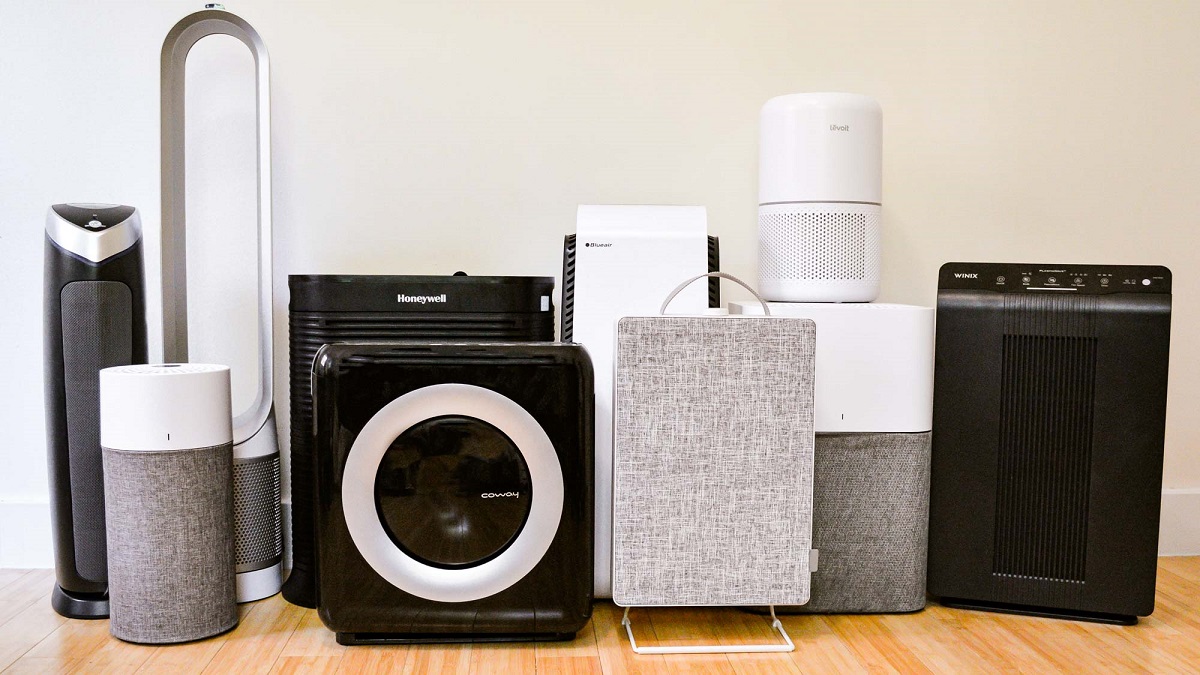
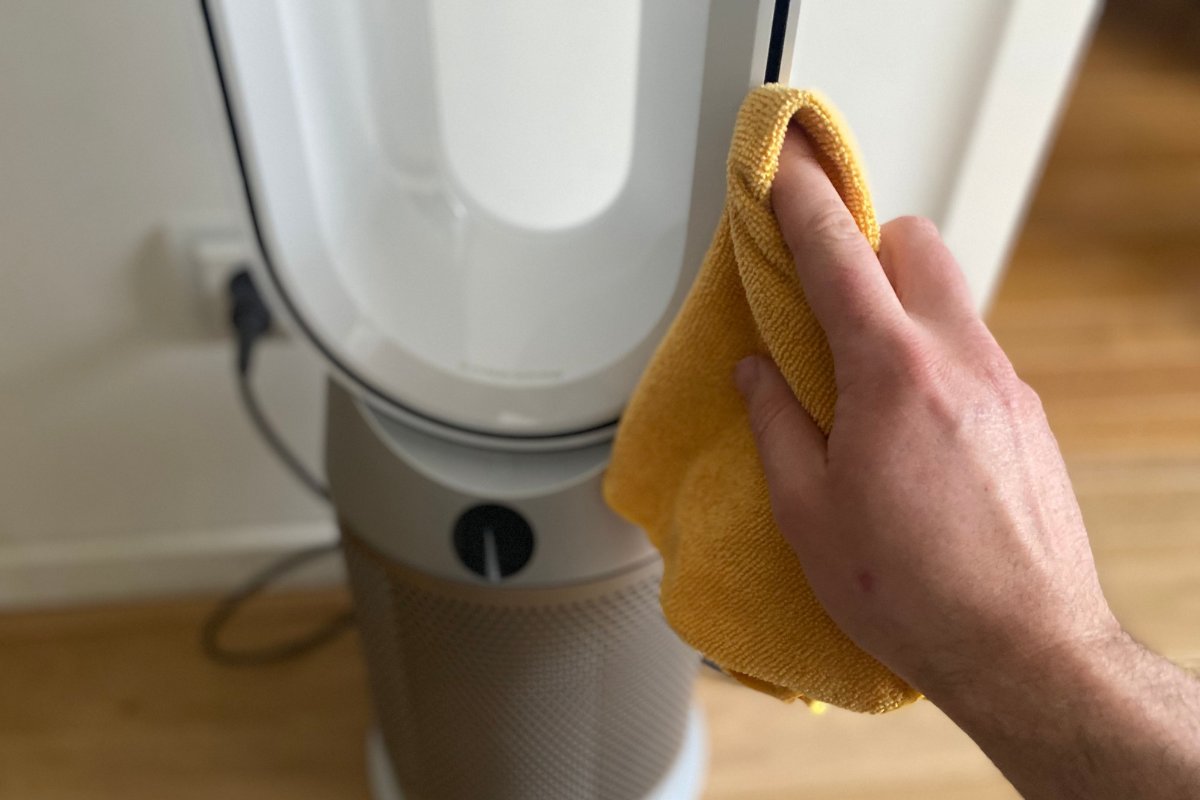
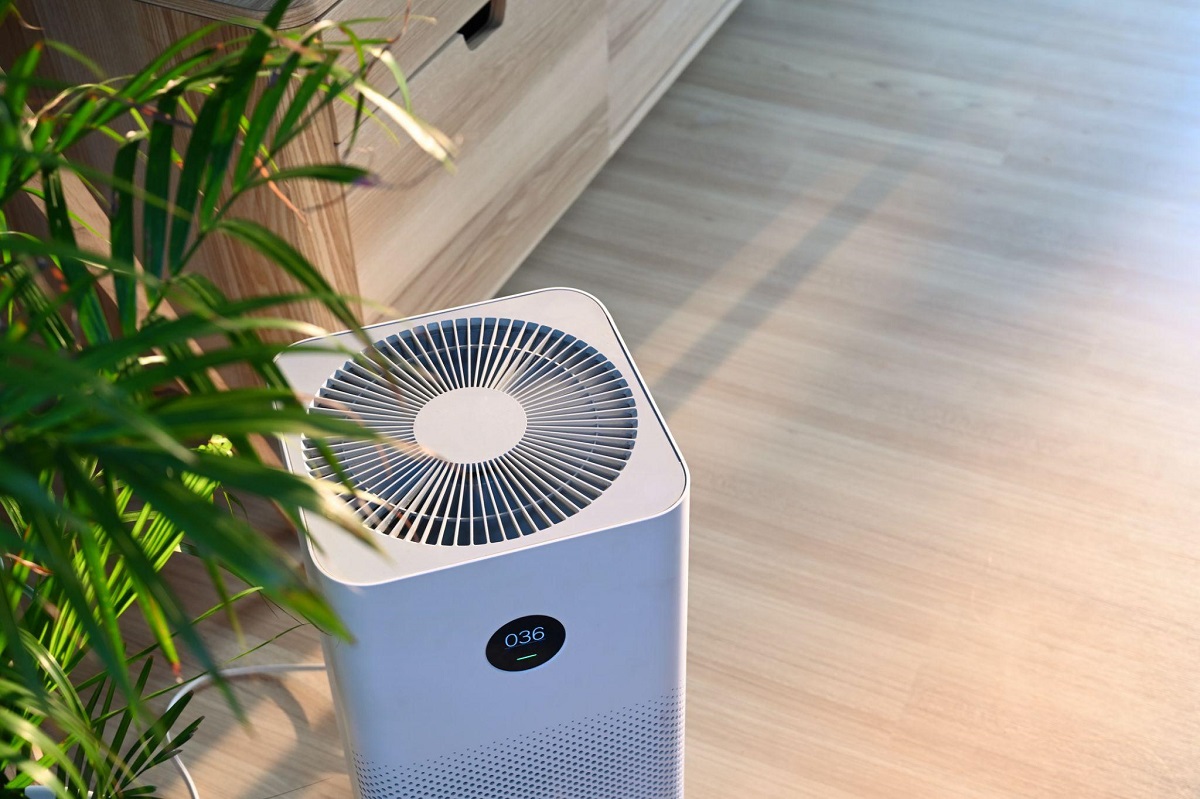
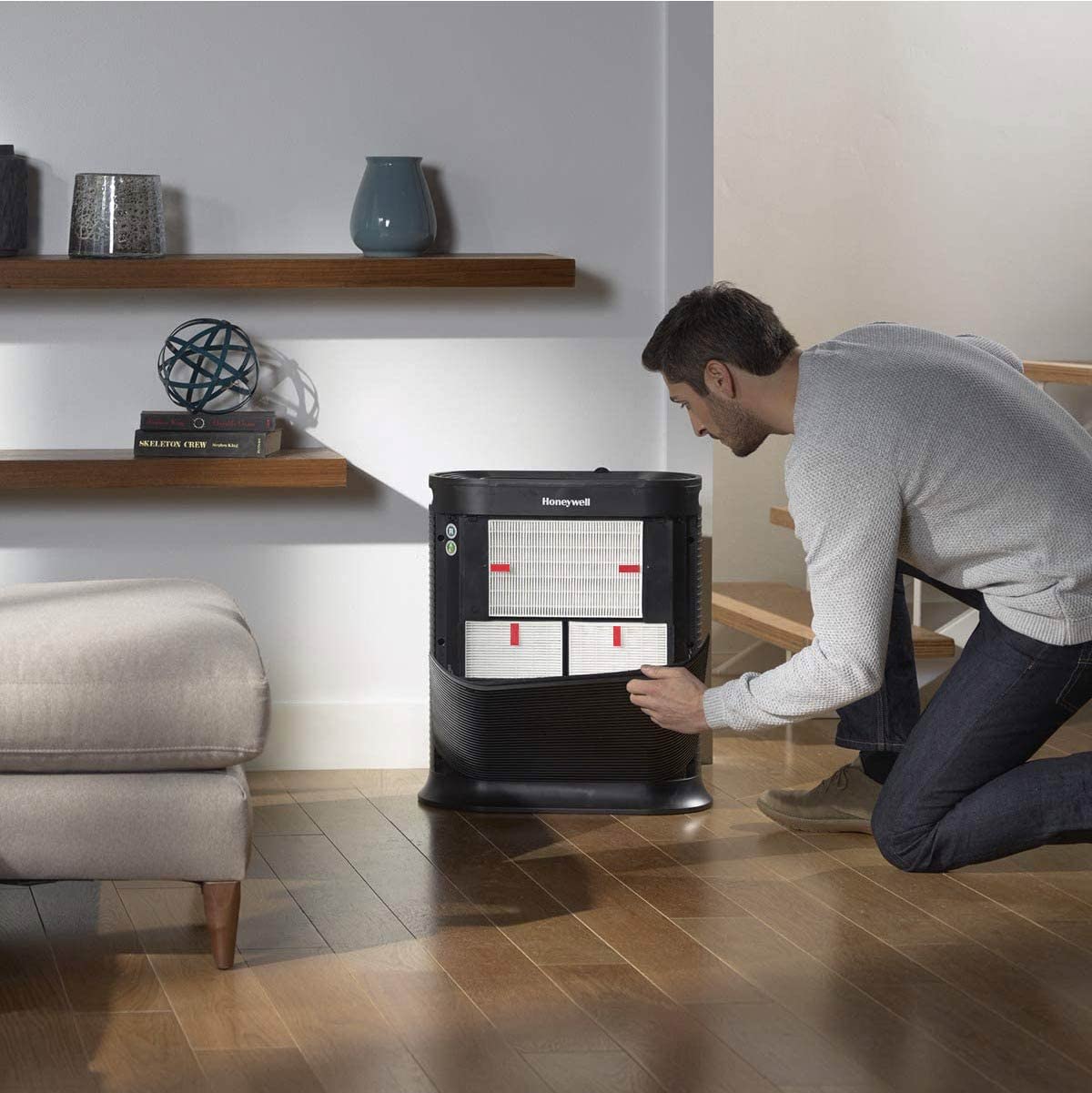
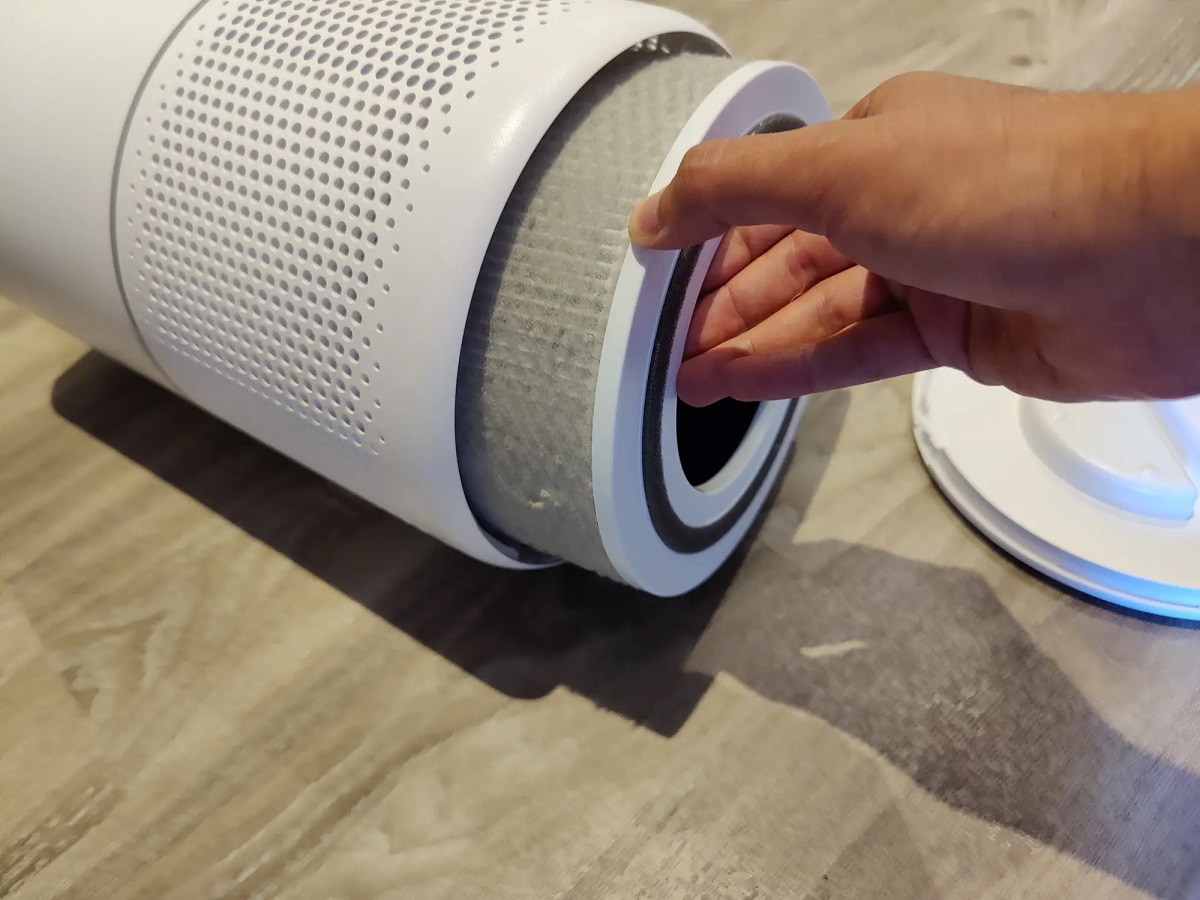

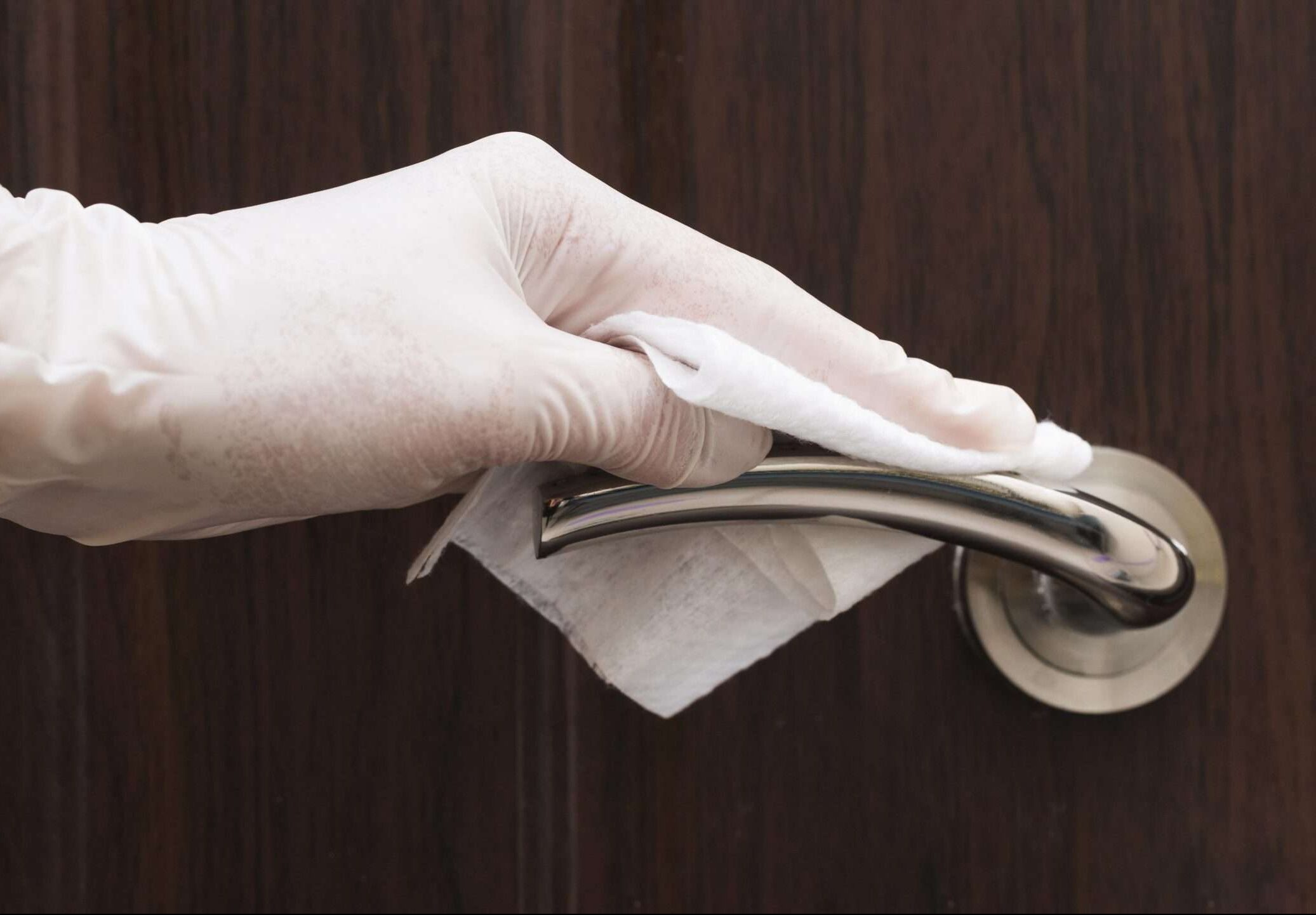
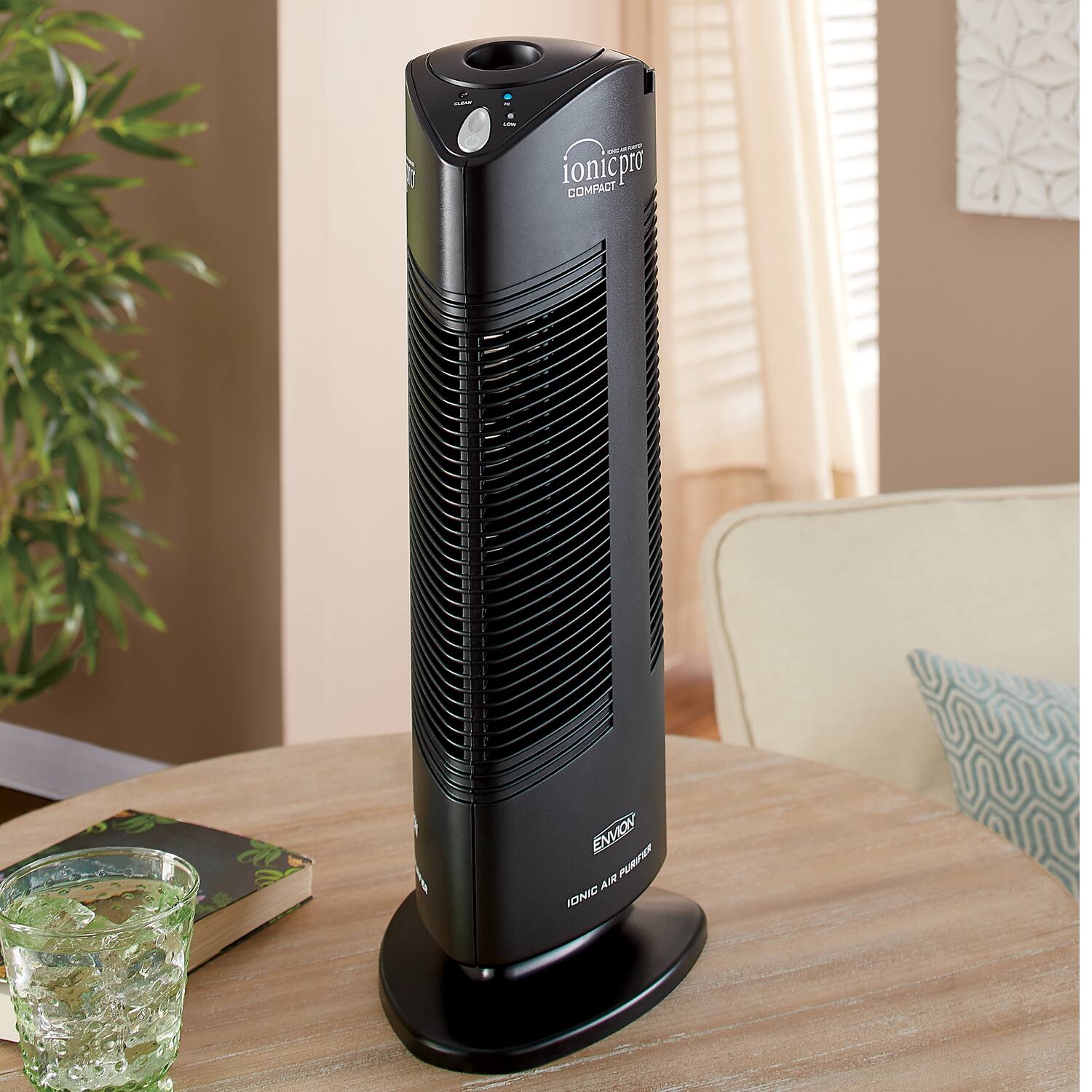
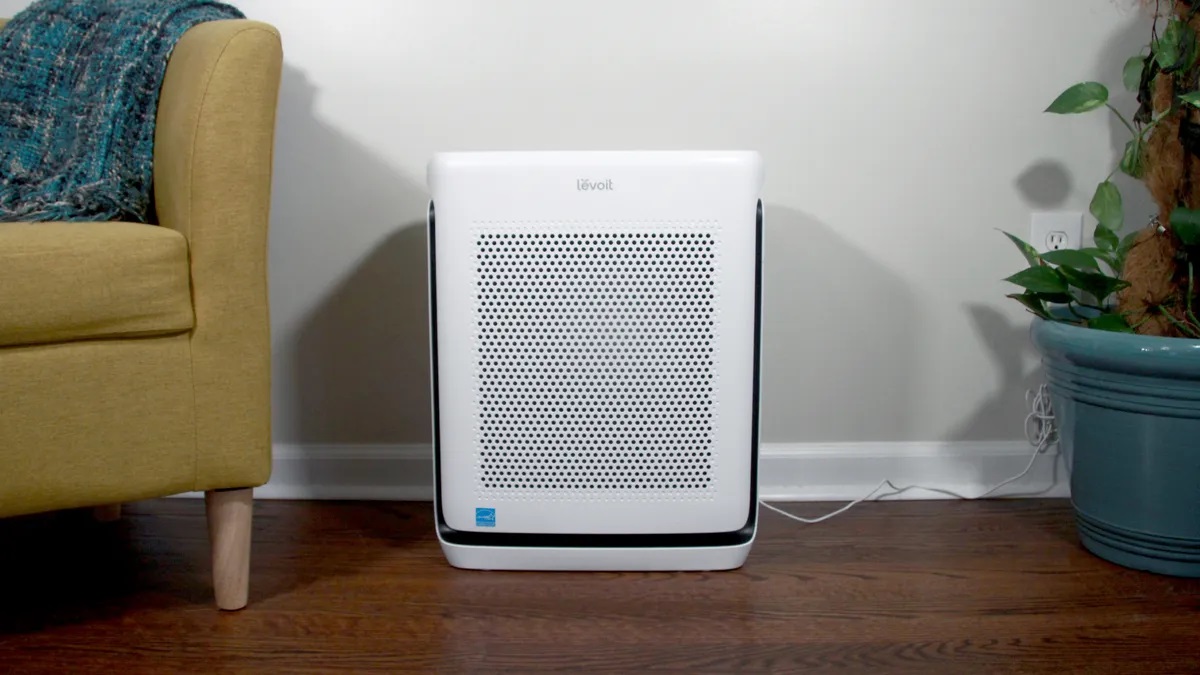
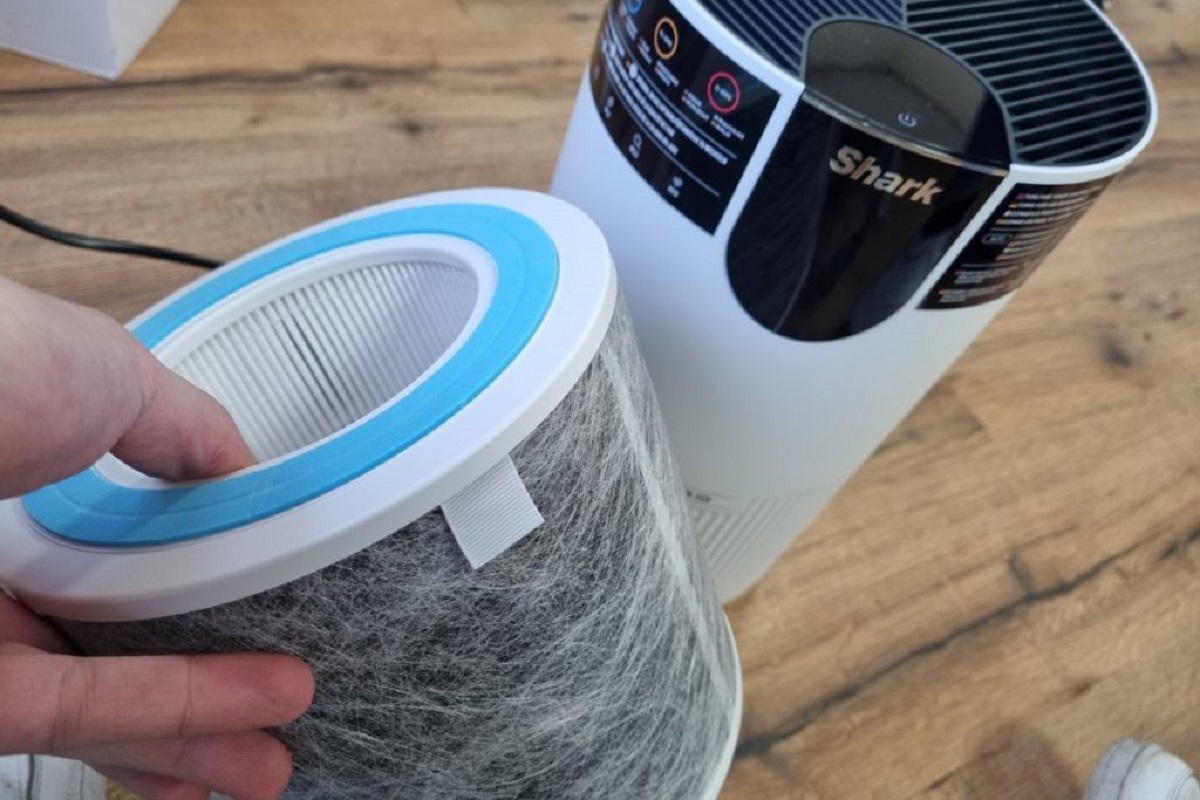
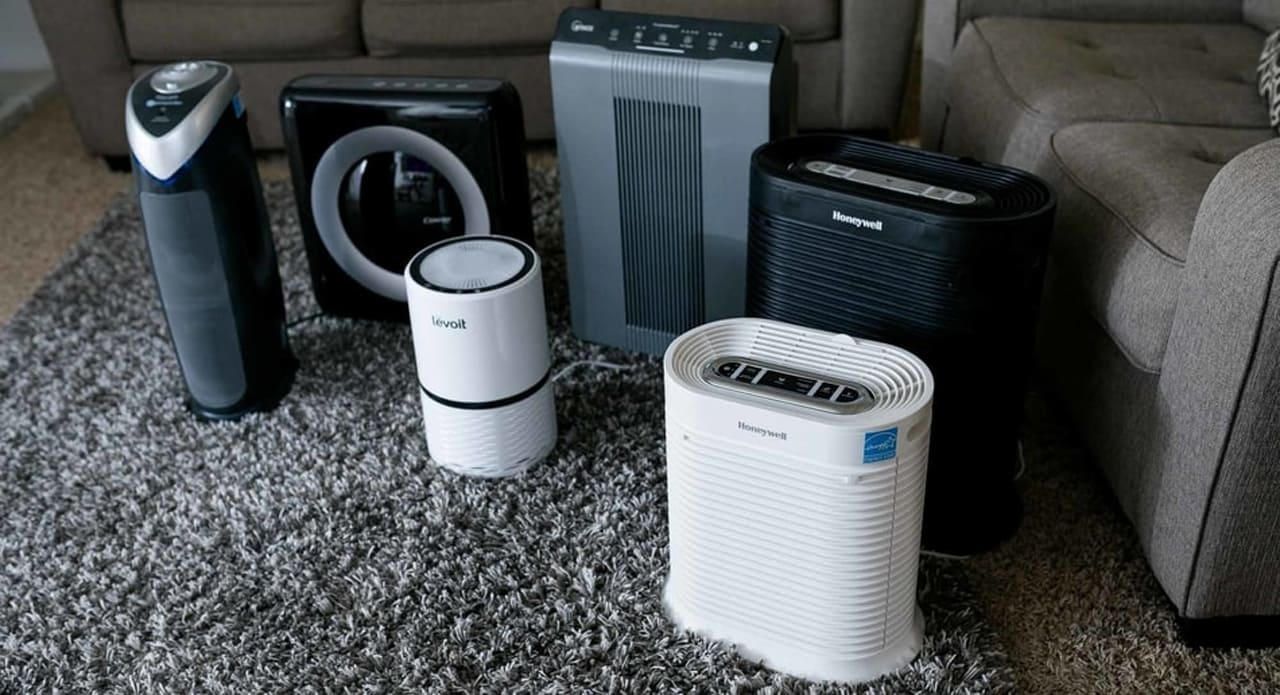
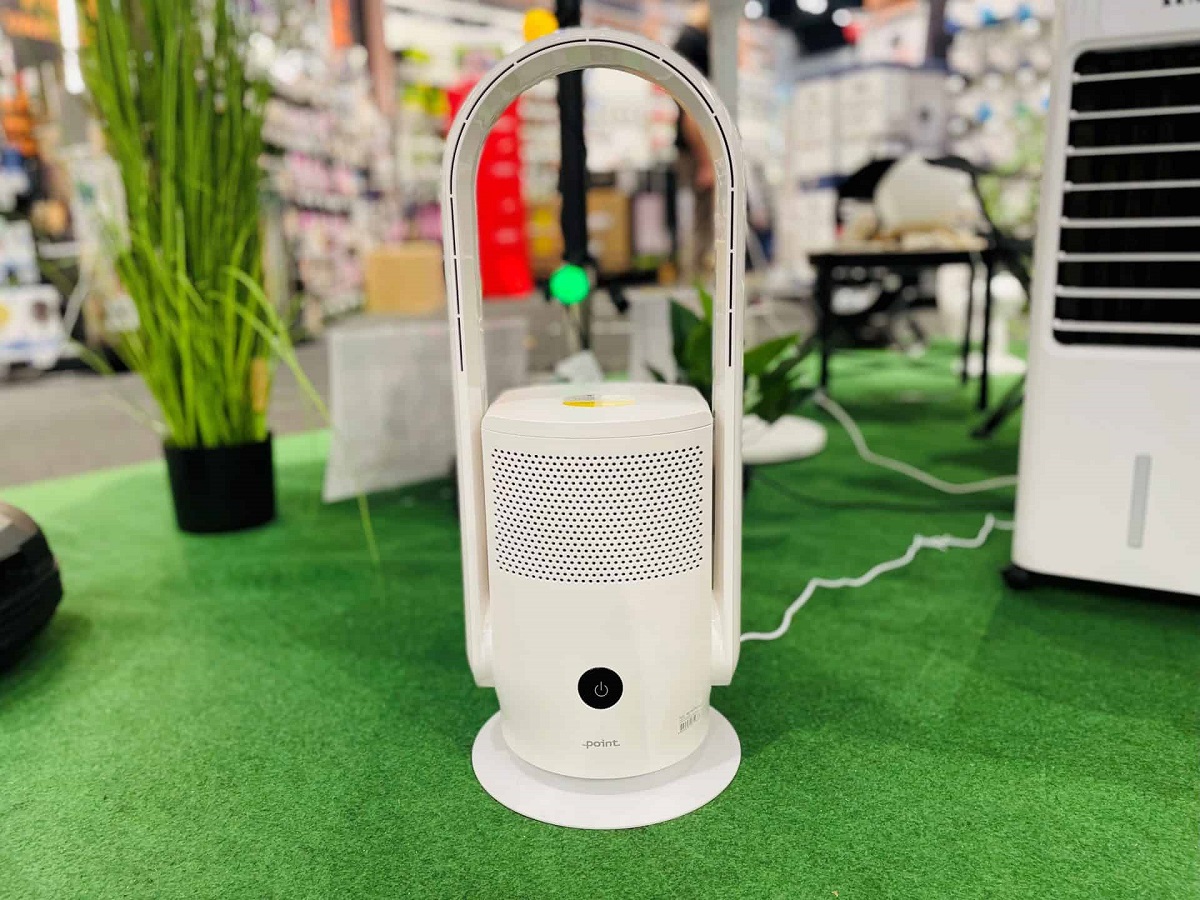
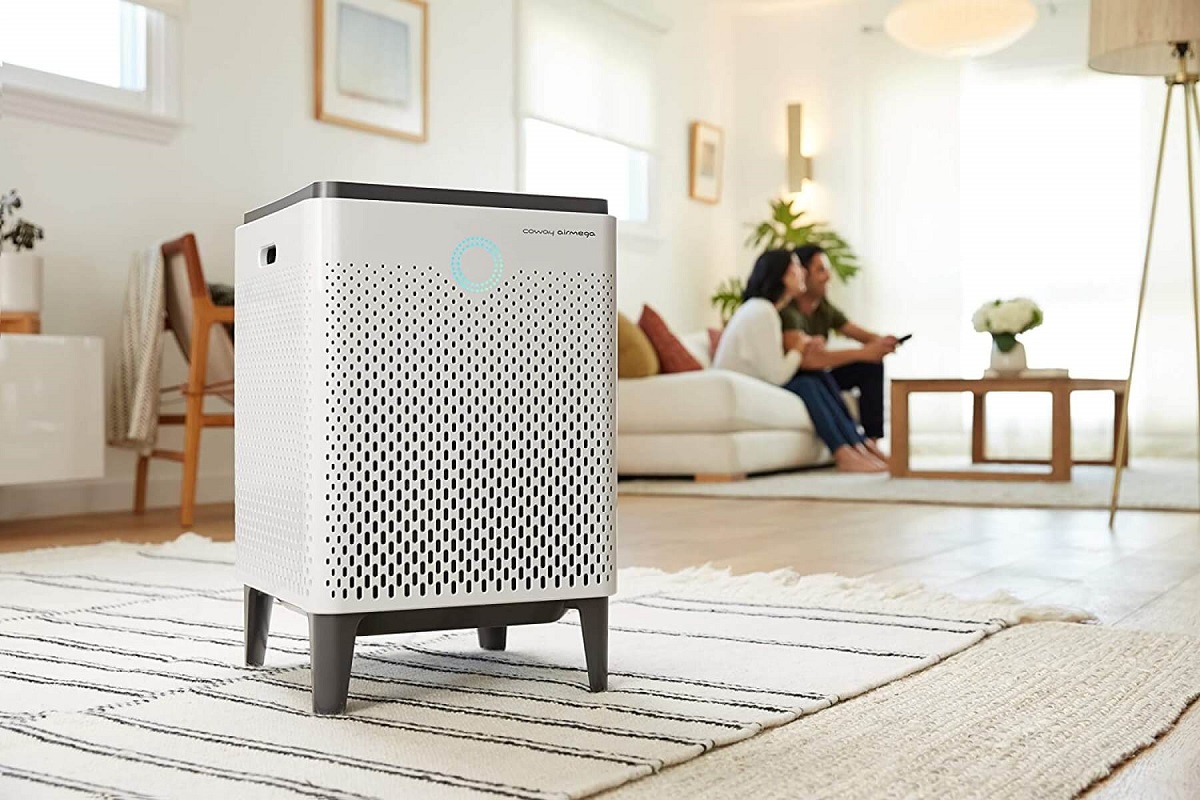

0 thoughts on “What To Look For In Air Purifier”